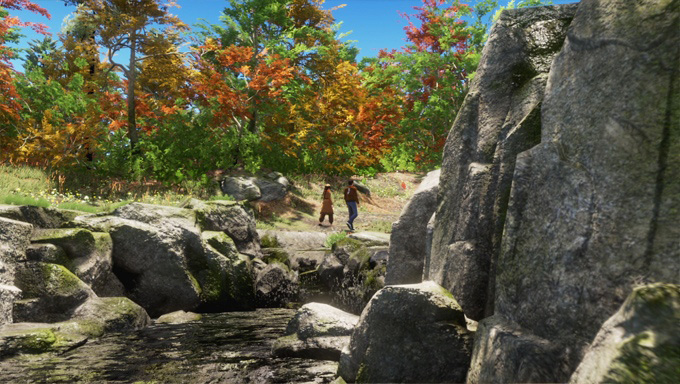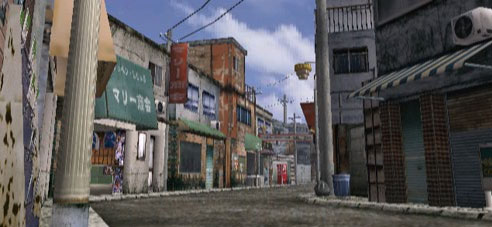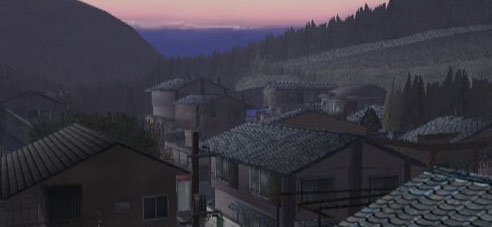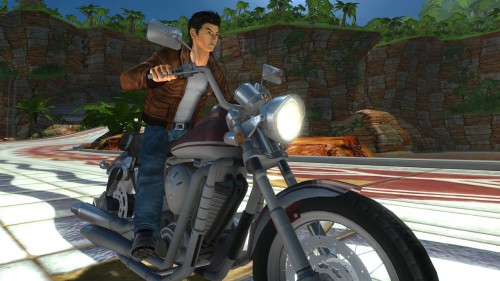Now that Shenmue III is a reality, and with Sega snapping up related domains, it’s more likely than ever that we’ll see the two Dreamcast games – both among my favourites ever – coming to modern hardware. As I have done with all previous versions, I’ll be buying it on every platform available so as to maximise the series’ commercial viability and do my part, but what does Sega need to do to make this the best possible revival? I have a few ideas…
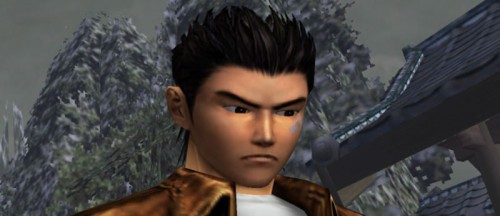
- Offer a Japanese language option. Freed from the limitations of a GD-ROM, there’s no excuse not to rectify the single biggest complaint about the English-language releases. Even if the Hong Kong where everyone spoke Japanese made little sense, the PAL Dreamcast version of Shenmue II was light years ahead of the truly horrendous dub for the Xbox edition, and for a game that so celebrated Japan, the decision to dub the original was baffling. Although I can only understand one word in a dozen, my Japanese copy of Shenmue is my preferred medium for a playthrough nowadays. This shortcoming must be rectified in the re-release, whether it’s by including only the Japanese dialogue or by making everyone happy with a toggle.
- On similar lines, base it on the Japanese game. The stories of how Sega paid to feature real products in Shenmue – the opposite of how product placement is supposed to be done – is one of the famous examples of the mismanagement that led to the series’ crippling budget, but I’d still like to see the realism of buying Coca-Cola while checking my Timex watch added back in. If this is to be the definitive version, we can’t overlook how the little touches like this were what made people fall in love with Shenmue’s world. And if you don’t want to pass the cost on to the consumers, make it paid DLC. I’d buy it.
- Port the Dreamcast version of Shenmue II, not the Xbox one. Putting aside the dub issue, although it was technically superior and better in some areas, the odd differences in environmental geometry between the DC and Xbox versions often left the Microsoft one coming up short. If this is to be the full-fat, best-of-both-worlds Shenmue experience, I want all the signs from the Dreamcast game. Someone should also point out that vending machines in Hong Kong offering prices in Japanese yen makes no sense, especially when they correctly operated in Hong Kong dollars the first time around.
- But still fix the pop-in and slowdown. This was something that the Xbox game indisputably got right. The slowdown and characters materialising two feet in front of you was bad in Shenmue and downright terrible in Shenmue II, which really pushed the Dreamcast beyond its limits. There won’t be any excuse for modern hardware not to be throwing Shenmue round at full speed. And improve the quality of the 32kbps MP3s used for dialogue while you’re at it.
- Make it widescreen while you’re at it. I’d hope this goes without saying, but Sonic Adventure for the Xbox 360 and PS3 was pillarboxed 4:3. Fans have got Shenmue most of the way there with emulators, so Sega can’t fall short here.
- Dual-analogue controls. We’re now far enough removed for me to admit that the Dreamcast controller isn’t particularly enjoyable to use. Shenmue did a decent job with the tools available, but the HD version must give us analogue movement and use the two sticks to remove the need for hand gymnastics if you want to run around (up on the D-pad and hold left trigger) while admiring the scenery (analogue stick, also on the left). By all means keep the movement on the D-pad for authenticity’s sake, but dual analogue simply must be an option.
- Give it online leaderboards and theme them like Shenmue Passport. The oft-forgotten fourth disc of Shenmue offered a cut-scene viewer, music player, and tech demos that gave information on all the systems at play in simulating the world. What it also allowed you to do was go online to read detailed background information on every NPC in the game – finally settle those arguments over the blood type and zodiac sign of the girl in Hokuhoku Lunches – as well as view maps, gameplay stats, and global leaderboards for the numerous mini-games. None of this has worked since 2002, so I’d love to see this all make a comeback with the more robust online infrastructures of the current consoles behind it.
- Don’t be afraid to use Shenmue II to improve the first one. I might generally prefer the first game, but I’m not so hung up on it being authentic that I’ll turn down the backporting of the numerous mechanical improvements of Shenmue II. Being able to skip ahead when waiting for an appointment, for instance, was an undeniable benefit.
No excuses, Sega.

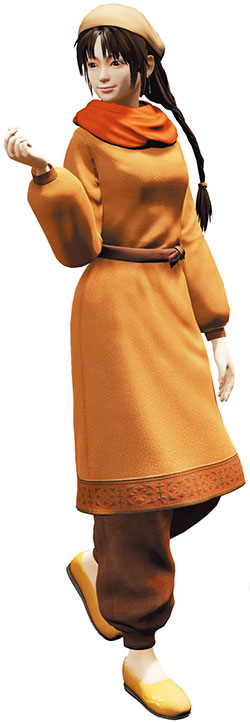 Even if the
Even if the 